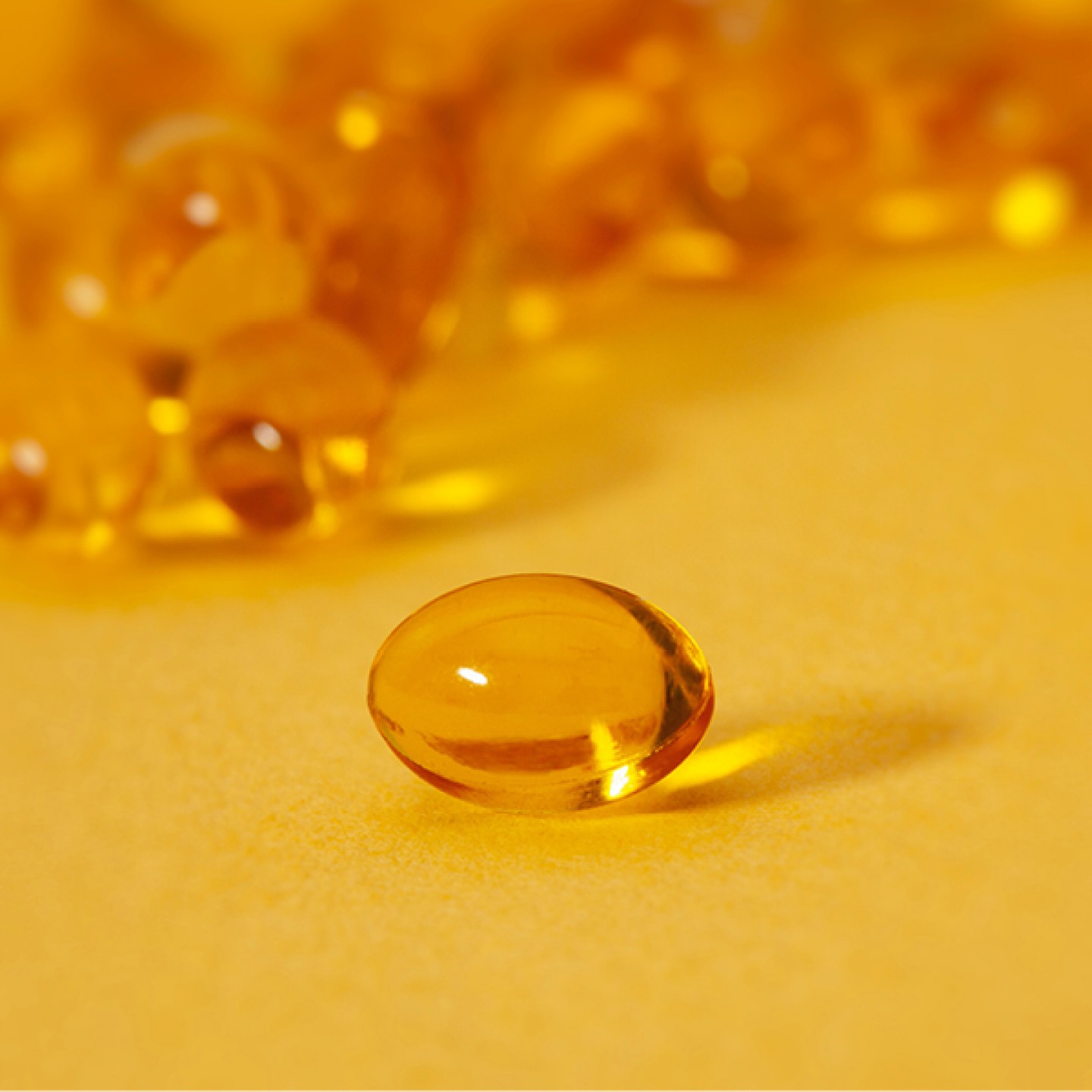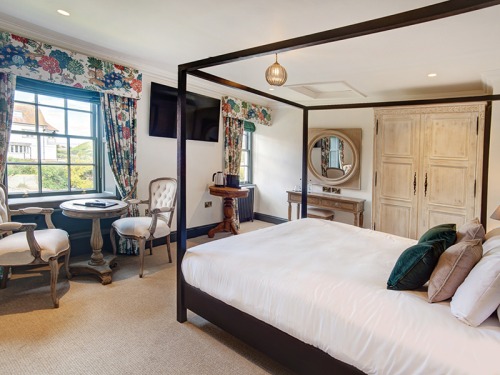What is Seasonal Affective Disorder and How Do You Prevent it?

Seasonal Affective Disorder (SAD) can be debilitating. Learn more about SAD and how to prevent it
Brought on by the shorter days, when the sun often fails to make an appearance, it is thought that without enough exposure to sunlight we are unable to produce enough serotonin (the feel-good hormone) and instead produce too much melatonin (the sleep hormone) – leading to a lack of energy, irritability, difficulty concentrating, and even depression.
Without enough daylight, our ability to produce vital vitamin D plummets which is also associated with low mood. Daylight dictates the body’s circadian rhythm so your all-important body clock may also be disrupted. All of these factors contribute to what, although it may be fairly short-lived, can be a debilitating side effect of winter.
Read More: How To Cope With Depression


Get Outside
When you are feeling low sometimes the most difficult thing to do is to get up and move but spending time outside, whatever the weather, has been shown to improve symptoms of SAD so make a point of getting outside every single day if you can. The sun doesn’t need to be shining for you to feel the benefits of natural, as opposed to artificial light. Take a walk, sit on a park bench in your lunch hour, head into the garden – anything that gets you into the great outdoors will help even on cloudy (miserable) days. If you can’t physically get out, try and sit beside a window in the office, and make sure curtains are open and blinds raised at home to maximise daylight.
Diet
One side effect of SAD is the desire to carb load. The weather’s awful, you feel awful – carbs are comforting. Don’t be tempted. Overloading with starchy carbohydrates and the sweet stuff won’t help your energy levels. Keep to a well-balanced diet, and (as tempting as it is when feeling low) don’t turn to excess alcohol, which is also a depressant and can disturb sleep patterns too.
Read More: How NUVO Health are Using the Power of Plants to Support People in their Daily Lives
Get More Vitamin D
There is a direct link between low levels of vitamin D and low mood. Known as ‘the sunshine vitamin,’ vitamin D is produced by the body in response to skin being exposed to sunlight, and many of us will suffer from vitamin D deficiency during the winter (and with age as the kidneys find it harder to convert vitamin D to its active form). Many of us are deemed to be vitamin D deficient as it is difficult to get enough of the stuff from our diet alone. It’s found in fatty fish such as salmon and mackerel, and fortified dairy products, but it breaks down quickly, meaning the body’s stores can run especially low in winter. Consider taking vitamin D supplement to help and consider combining it with zinc, an essential trace element that can help target fatigue.
Exercise
Exercise and physical activity are known to help alleviate some of the symptoms of stress and anxiety, both of which are associated with SAD. If you are fitter, you generally tend to feel better, which also lifts your mood. You may not feel like it, but a regular workout will help you work through the worst of winter.
Regulate Your Sleep
You need to get enough sleep to feel properly rested, but one significant symptom of SAD is the desire to hibernate (literally). Too much sleep can be detrimental so keeping a close eye on how much you are dozing is vital.


Socialise
The urge to hunker down is strong when you suffer from SAD but social interaction can help – not only does it get you out, but just pushing yourself a little can help lift spirits a lot. Make arrangements to meet friends (and stick to them). By shifting your attention to others you are inadvertently alleviating some of the symptoms of SAD.
Light Therapy
Light therapy is one of the first type of treatments many turn to with the onset of SAD. Research into the real benefits of light therapy is, in fact, fairly limited but it does appear to help in many cases and by exposing yourself to a light box within the first hour of waking you would expect to feel better within a few days. Light therapy boxes come in different intensities so do a little research before you splash out. Most healthcare professionals recommend a 10,000 lux light box and a minimum of 30 minutes’ exposure daily. The new HumanCharger channels bright light directly into the light-sensitive parts of the brain – exactly where it is needed most. This pocket device takes just 12 minutes to recharge your brain with an effective light dose to improve your mood and mental alertness via the specially-designed LED earbuds. It’s a safe, effective and time-efficient way to get light back in your life!
Up With The Dawn
Dawn simulators can benefit some of those suffering from mild SAD. They’re designed as alarm clocks, but rather than waking you with a harsh beeping or loud music, they produce a light which gradually intensifies, just like the sun rising. Try to find one which uses full-spectrum light which is closest to natural sunlight.







